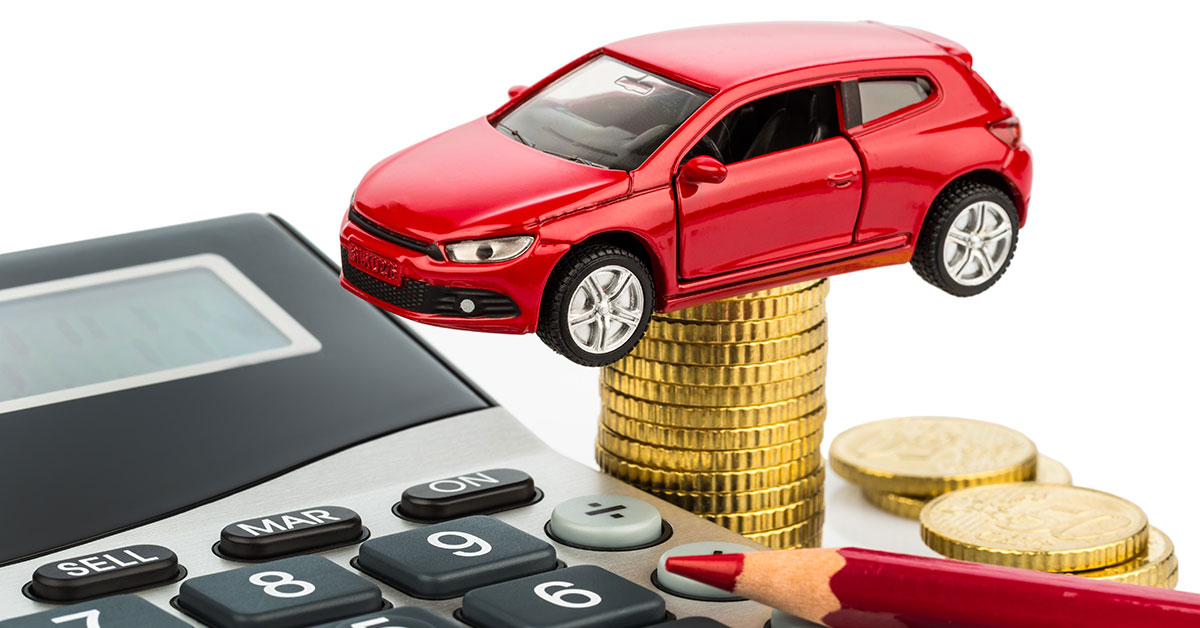By Adi Desai
A new vehicle purchase is the second-largest major financial decision most Canadians will ever make, after buying a home. Selecting the car you want is only half the battle; upon arriving at the dealership, you’re presented with a metric ton of paperwork before you can drive your new vehicle away. First things first, you must decide how you plan to pay for the vehicle. If you can pay the balance in full, a bank draft, also known as a “cash purchase” in this day in age, is often the best way to get the largest discount.
This isn’t always the case though, and the vast majority of Canadian drivers have opted to either lease or finance their vehicle. We’re about to outline the advantages and disadvantages of both these options, so you can make the most educated decision. It’s important to first determine approximately how much you want to spend in total; many end up upside down by rolling in payments from a past vehicle into a current one, or by being lured into “low monthly payments” without paying attention to how much you’re actually spending at the end of the day.
If done right, financing can be the easiest way to own your vehicle. Financing is essentially taking a loan from either the auto manufacturer (they have close relationships with major Canadian banks, allowing them to offer their own financing), or even through your own bank. Sometimes, it can even be beneficial to finance the car even if you can pay for it in full at the time of purchase. Depending on how low the interest rate is, it may be wiser to finance, and invest the rest of the funds elsewhere, preferably where the interest rate is more favourable.
Some manufacturers, like Ford, General Motors, or Hyundai, occasionally have incentives where 0% financing is offered. This is usually near the end of the year or sometime throughout the winter, essentially the slow season for car sales. A 0% interest rate is the most ideal, as this means the vehicle can be yours after just monthly payments, which, after fees and taxes, will equate to exactly what the vehicle would have cost on a cash purchase. Finance rates are almost always the most ideal on a brand new vehicle, and interest is much higher when acquiring a pre-owned vehicle (some exceptions apply).
The vast majority of manufacturers offer an open-loan finance, which means the buyer is able to pay off more of the loan than the agreed-upon monthly payment at any given time. This can be beneficial if you have an interest rate, because adding lump sum payments into the loan will have two effects; saving you some interest and reducing the length of the loan. Not everybody will qualify for financing through the dealership, and sometimes speaking directly to your bank is the easier.
Financing and eventually owning your vehicle outright isn’t for everybody though, and that’s why we as Canadians have options. Leasing is very popular amongst corporate fleets, business owners, and those who want the peace of mind of having a new vehicle every couple of years. When you lease, the vehicle technically still belongs to the manufacturer; think of it as a long-term rental. The numbers are broken down into a down payment, monthly payments, a lease rate, and a residual. At the end of your lease period (anywhere from 18 months to 60 months, typically), you have the option to purchase the vehicle for the residual or replace it with a new lease.
Corporate employees who have a vehicle allowance opt to lease in lieu of having an actual company car, giving the flexibility of choosing what to drive and being somewhat on your own terms. Business owners are able to write off leases and mileage, adding a benefit there. Another plus here is that you are always driving a newer vehicle that’s within its warranty period, and leases from many manufacturers now also incorporate routine maintenance into the overall cost.
One thing to remember though; if opting to buy the leased vehicle, the residual must be paid in full. If financing is required here, it’s the buyer’s responsibility to re-finance elsewhere, typically with a higher interest rate. This makes the overall cost of leasing typically higher than financing. Moreover, if you do decide to return the vehicle at the end of the lease, it needs to be in tip top shape. For example, dents and scratches will need to be fixed at your expensive.
There are upsides and downsides to both options, so it’s essential for you to sit down with an open mind and make an educated decision before you walk into the dealership. That way, you’ve already done the necessary research and there is minimal chance of an impulsive decision that could potentially end poorly.

